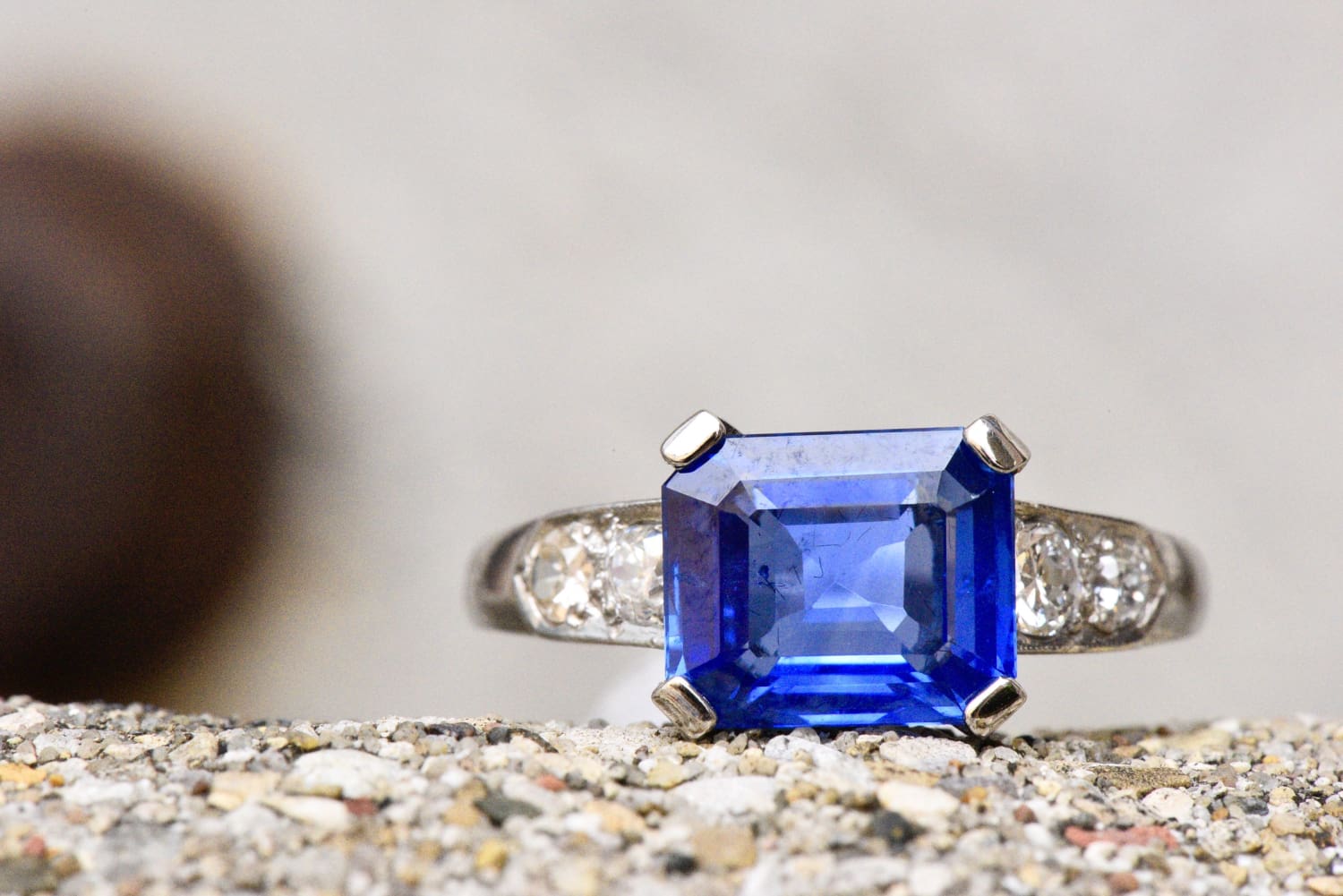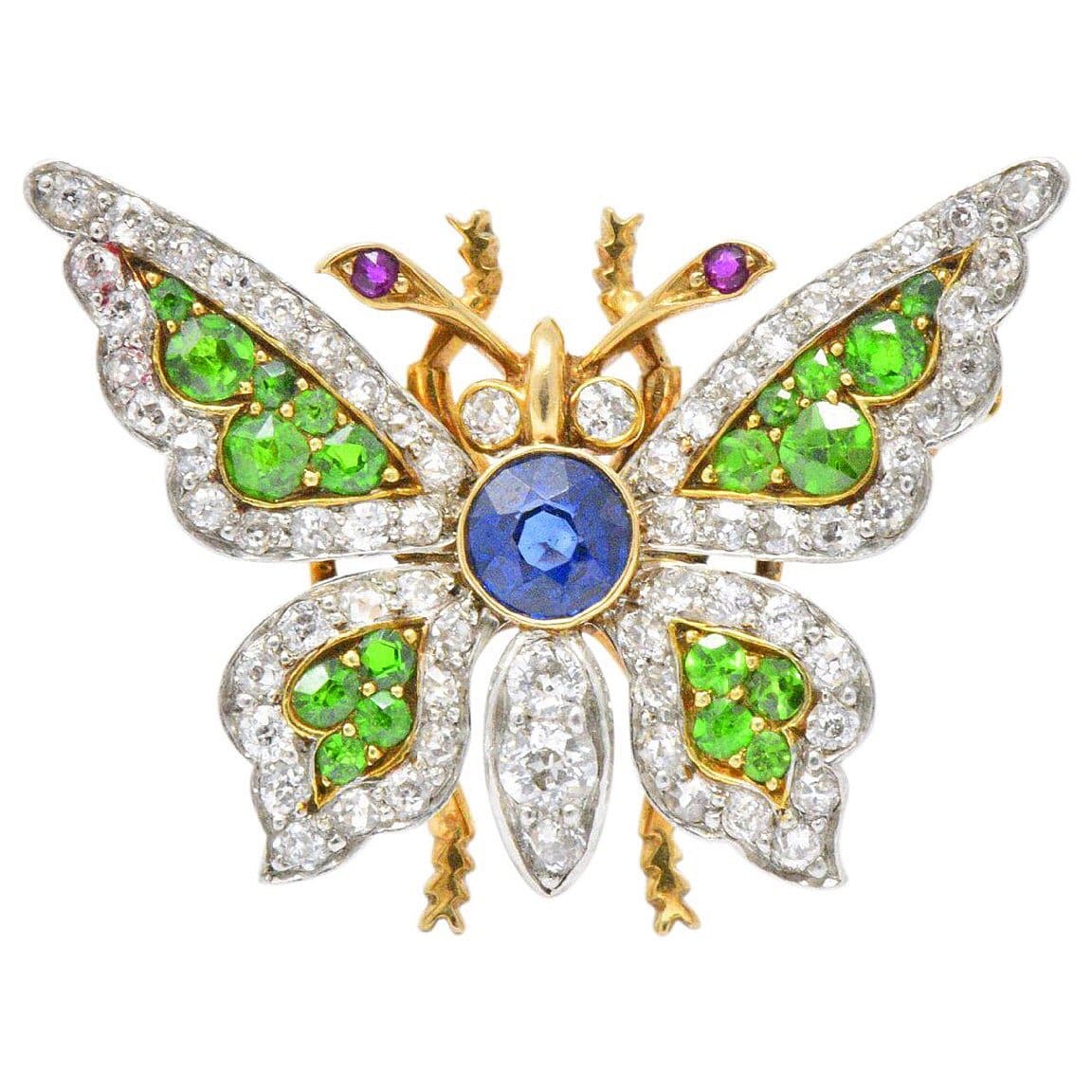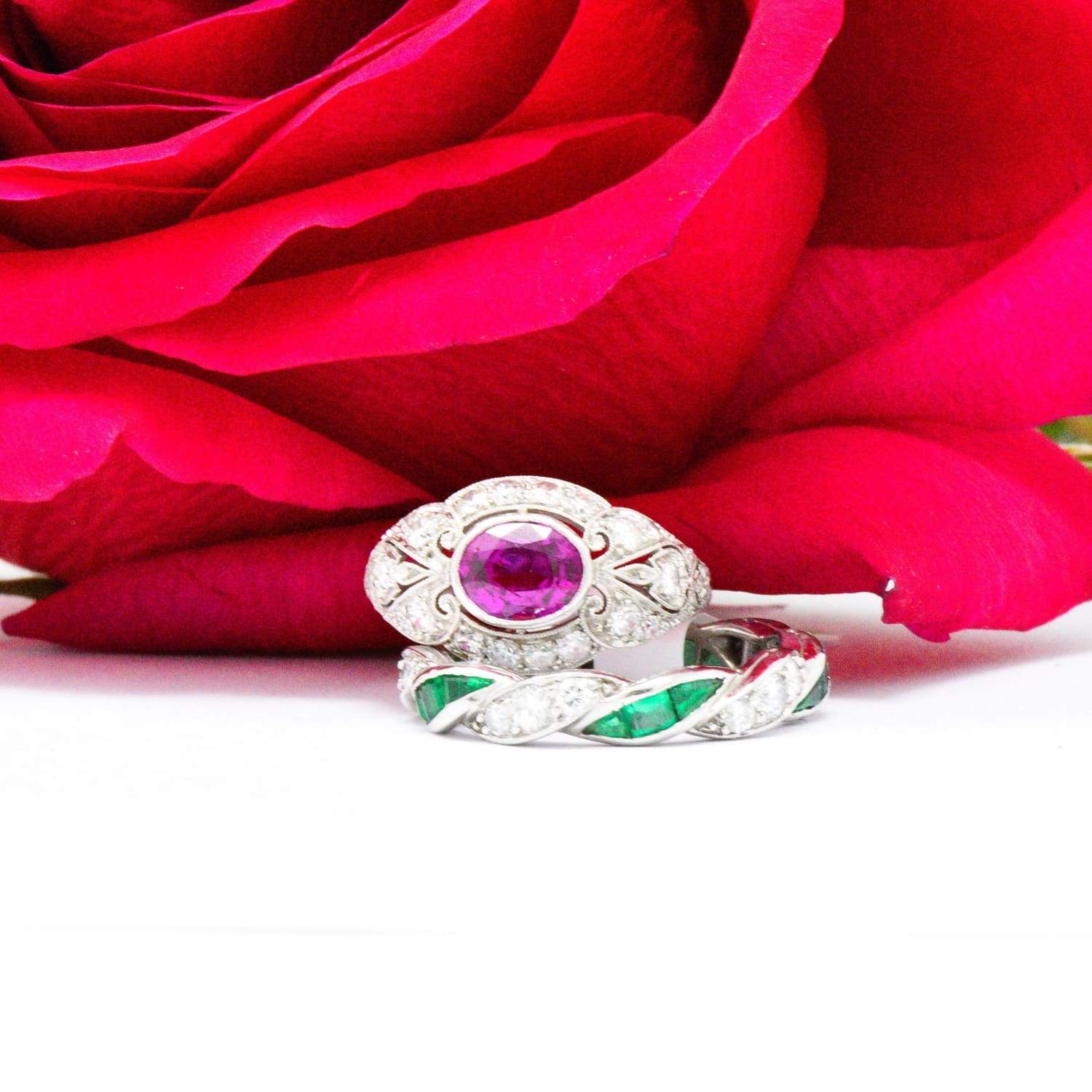
What's So Special About Ceylon Sapphires?
Ceylon Sapphires: a trip through their history then on to the good stuff!
Many gemstones are referred to by the names of the country or region where they are mined. Ceylon is modern-day Sri Lanka. When the area was colonized by the Portuguese in 1505 it was called Ceilão. The Dutch changed this to Zeylan, and when the British colonized the area in 1798 it became Ceylon. The country became Sri Lanka in 1948 after gaining independence from Britain, however sapphires from Sri Lanka are still referred to as Ceylon sapphires.
In addition to Ceylon sapphires, Burmese and Kashmir sapphires are equally well-known. Sri Lanka continues to produce these appealing stones while production in Kashmir is almost non-existent. Few sapphires come from Burma because the mining is focused on rubies.
Ceylon Sapphires are Ancient
Ceylon sapphires are thought to be a product of the Pan-African orogeny, which was a series of tectono-thermal events occurring 450 - 750 million years ago. This plate movement created ideal conditions for the creation of gemstones all across Kenya, Mozambique, Madagascar, and Sri Lanka.

In order for sapphires to form, a very exacting combination of elements and events must come into play. The mineral aluminum oxide must undergo an isomorphic process wherein the aluminum ions dissipate along with other minerals, forming the rare substance corundum. The blue hues of sapphires are formed due to the presence of small amounts of titanium and iron. In some cases rutile is present and creates star sapphires.
As for mining in Sri Lanka, the practice is thought to date back to at least the second century, meaning the country is home to some of the oldest known mines in the world. Incredibly, this long history of mining has not diminished over the centuries. New Ceylon sapphires continue to hit the market and some of the most famous sapphires in history have come from Sri Lanka.

Notable Ceylon Sapphires - The Good Stuff (as promised above)
Sri Lanka has produced some truly impressive gemstones over the years. The best known is probably the Star of India, a 563-carat, nearly flawless star sapphire that notably features stars on both sides of the stone. It is the world’s largest gem-quality blue star sapphire. The Star of India was featured at the Paris Exposition of 1900, after which owner J.P. Morgan donated it to the American Museum of Natural History in New York City, where it remains to this day.
Also unearthed in Sri Lanka was the Logan Sapphire, a flawless blue sapphire of nearly 423 carats that has the renown of being the second largest of its type in the world. The egg-sized, cushion-cut stone was donated to the Smithsonian Institution in 1960 by Mrs. Polly Logan, for whom it was named.
For centuries, sapphires were so plentiful that lower-grade stones (paled by the presence of too much titanium) were stockpiled rather than sold. Today, many of those stones are being heat treated to create the vivid colors preferred by buyers.
For discerning buyers that prefer the real deal, sans heat treatment, older Ceylon sapphires can be found through antique jewelry dealers. Partner with Wilson’s Estate Jewelry to find the eye-catching, vintage Ceylon sapphires you’ve been dreaming of.



Leave a comment
This site is protected by hCaptcha and the hCaptcha Privacy Policy and Terms of Service apply.